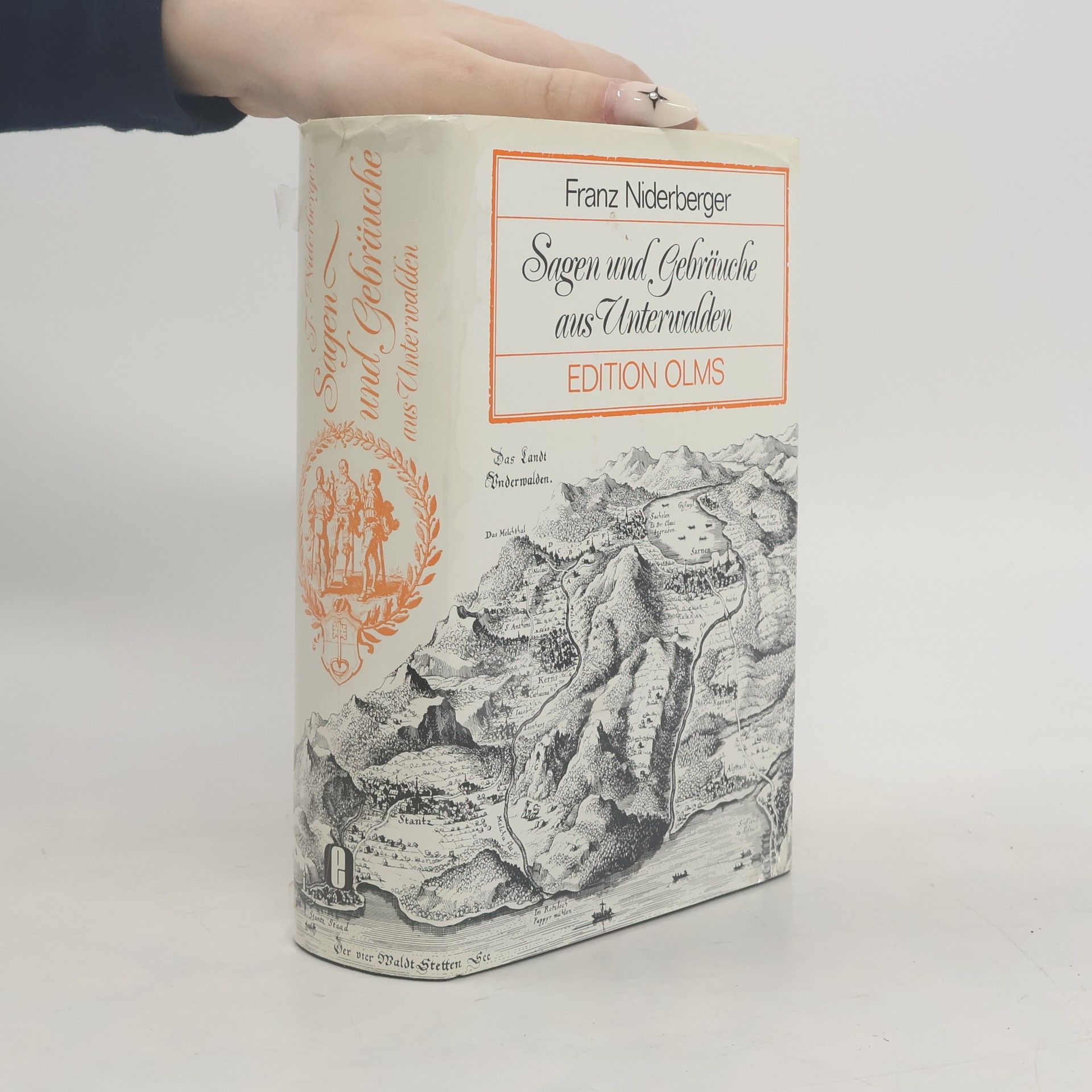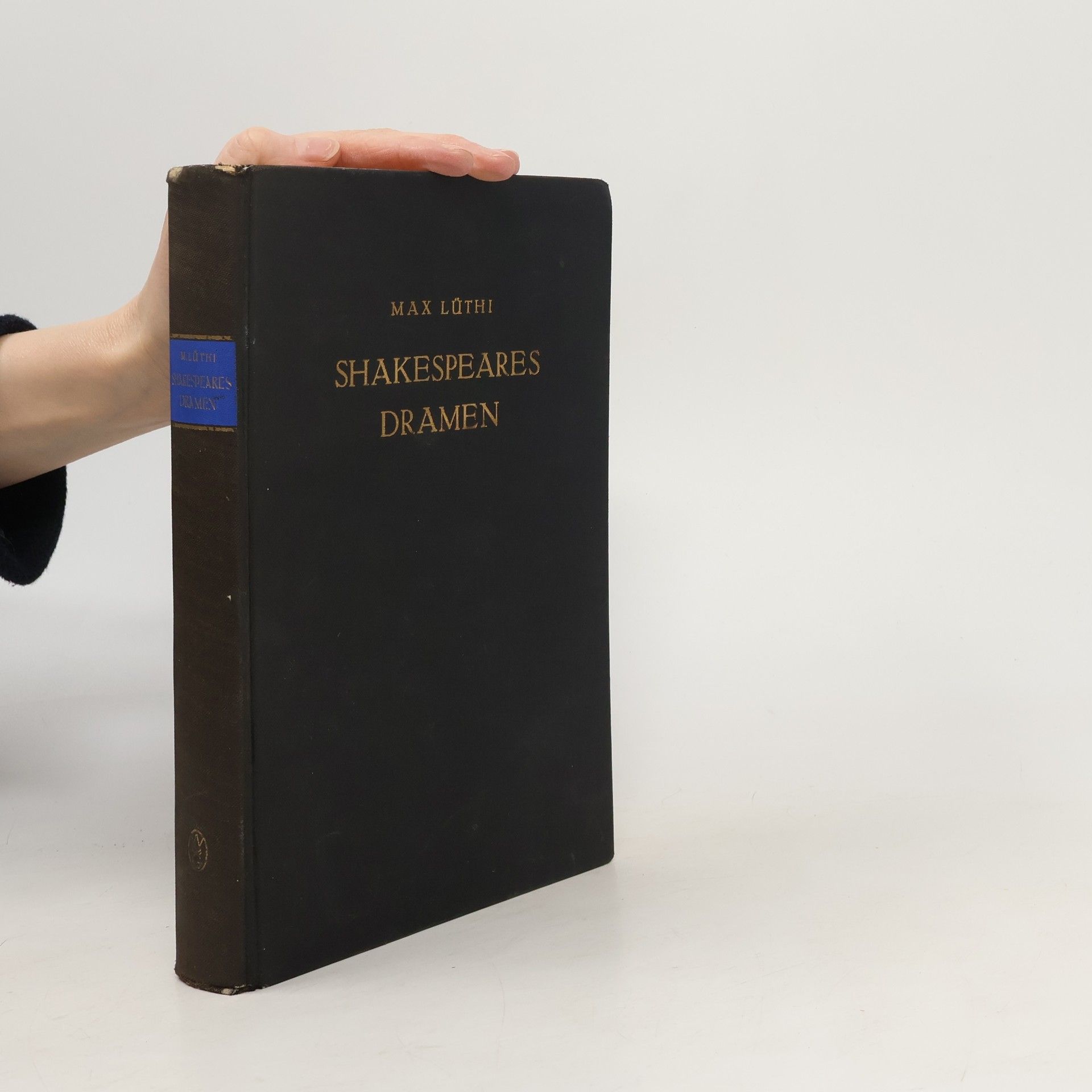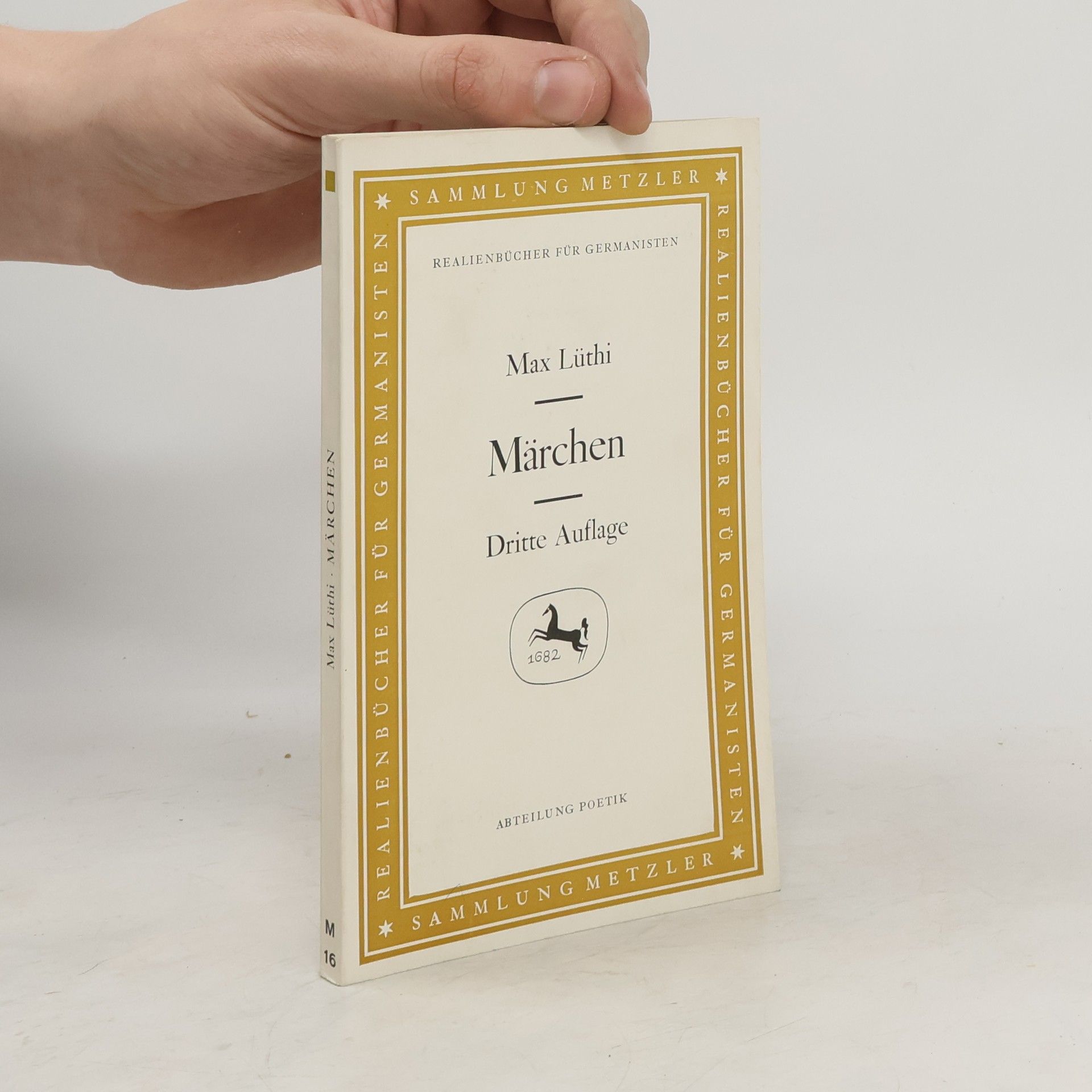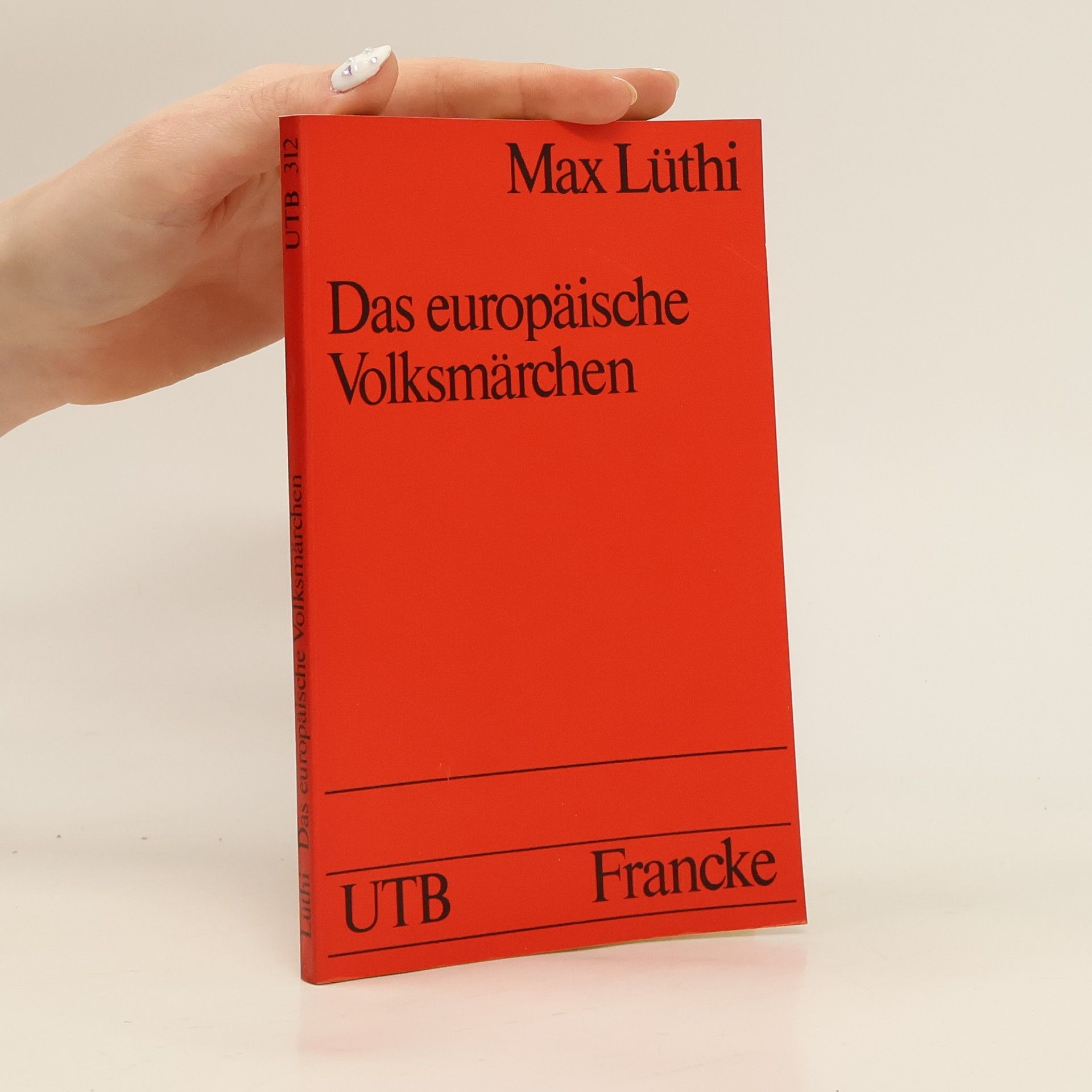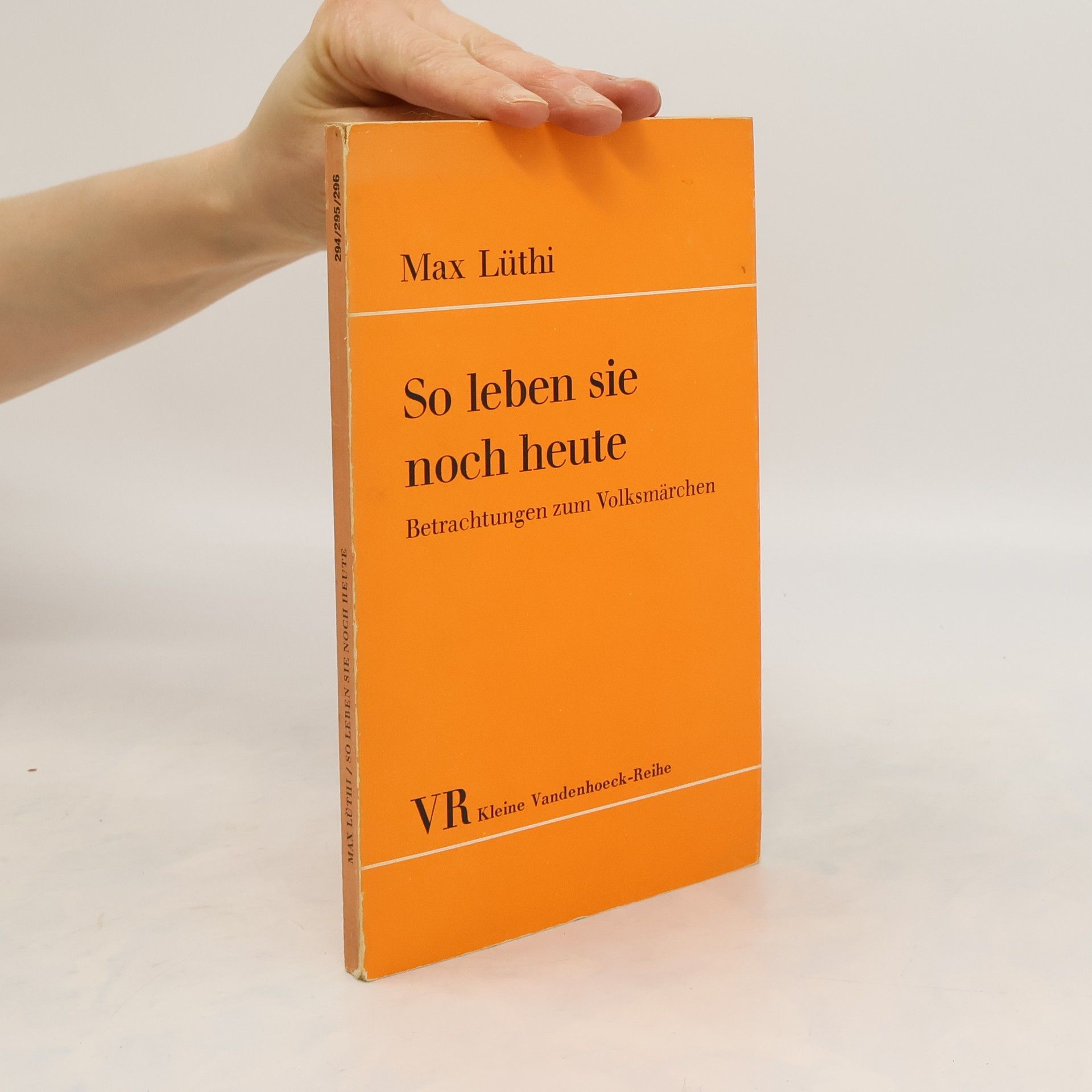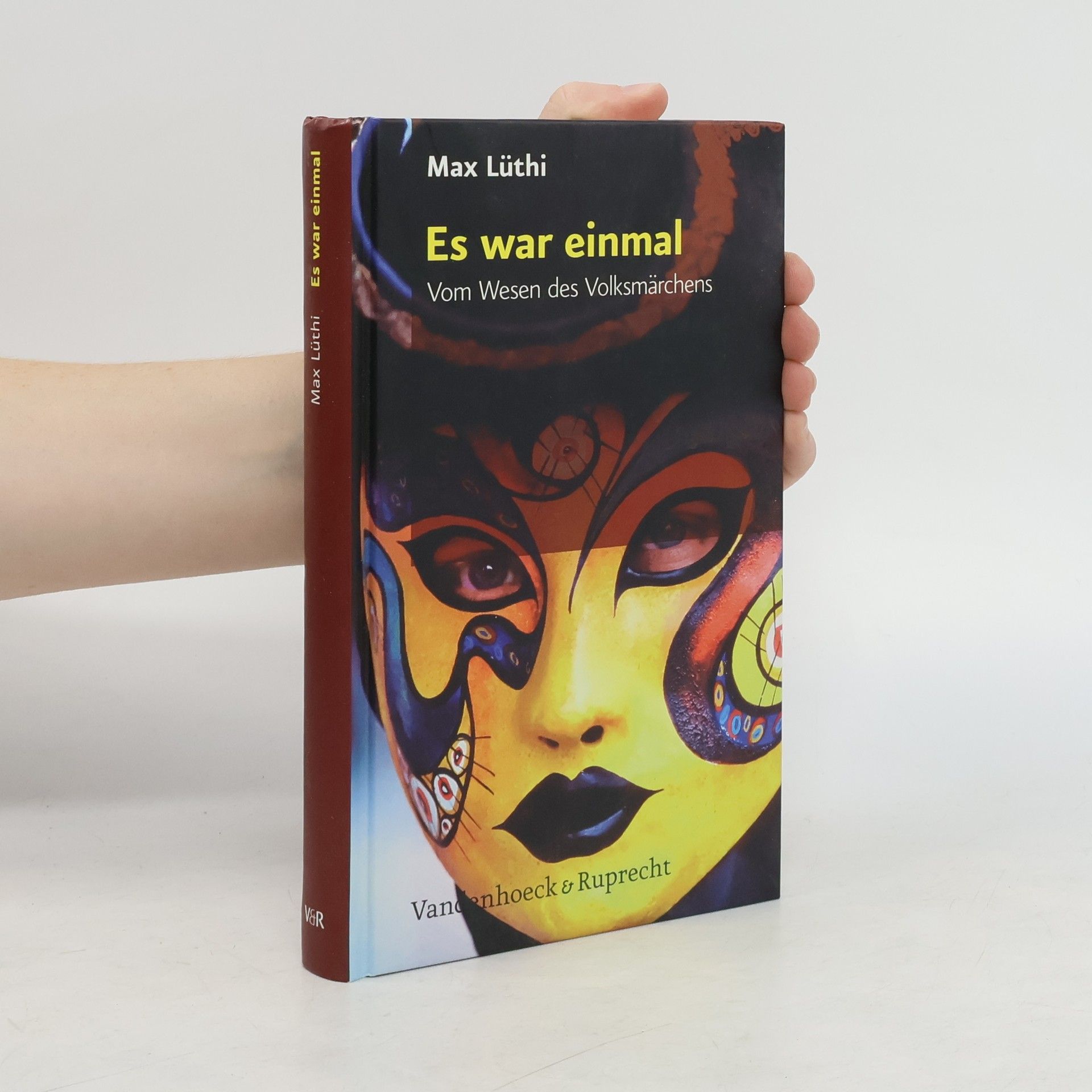Das europäische Volksmärchen. Form und Wesen
- 144bladzijden
- 6 uur lezen
Lüthis Ansatz in der Märchenforschung eröffnet neue Perspektiven auf die Wesenserkenntnis und das Märchen als Ausdruck einer Kulturstufe. Das Ergebnis ist eine umfassende Phänomenologie des Märchens, die das Verständnis für dieses Genre vertieft.
